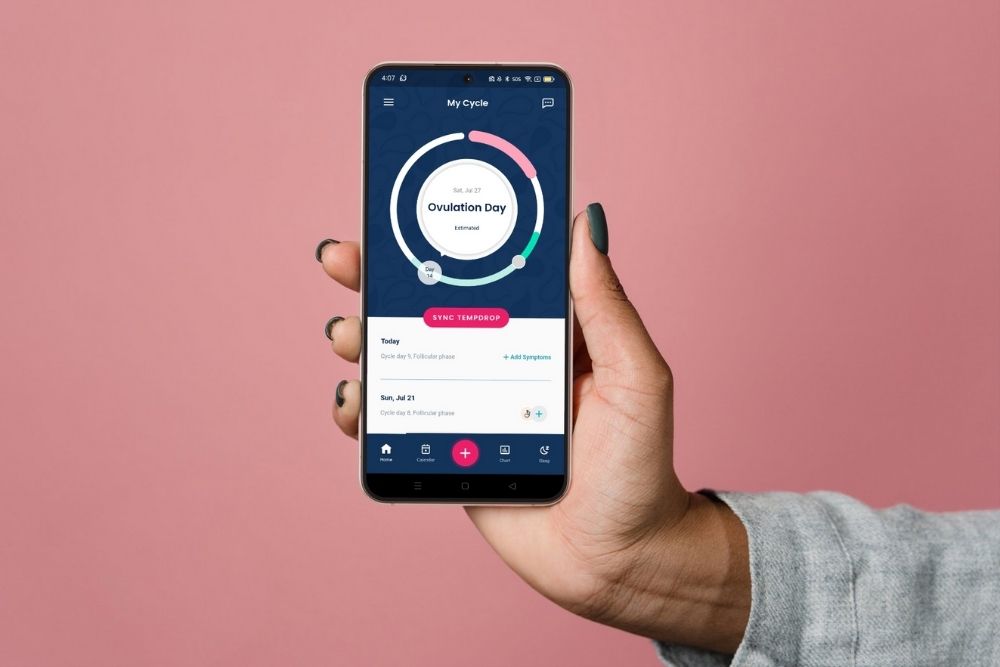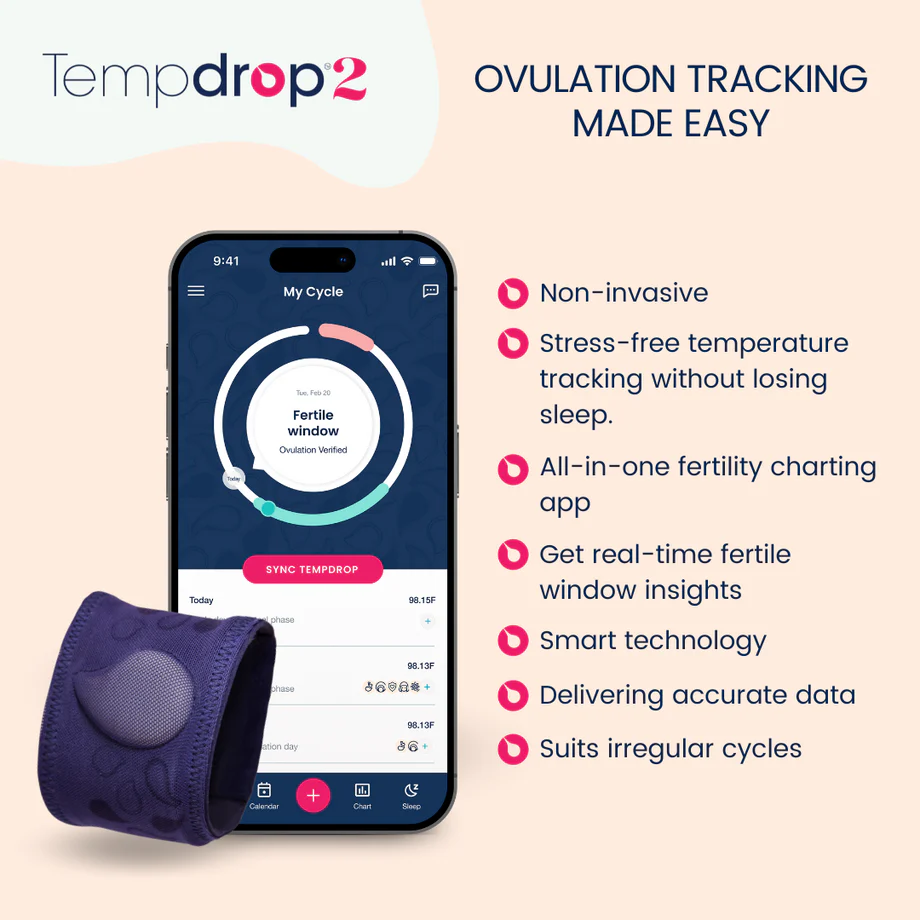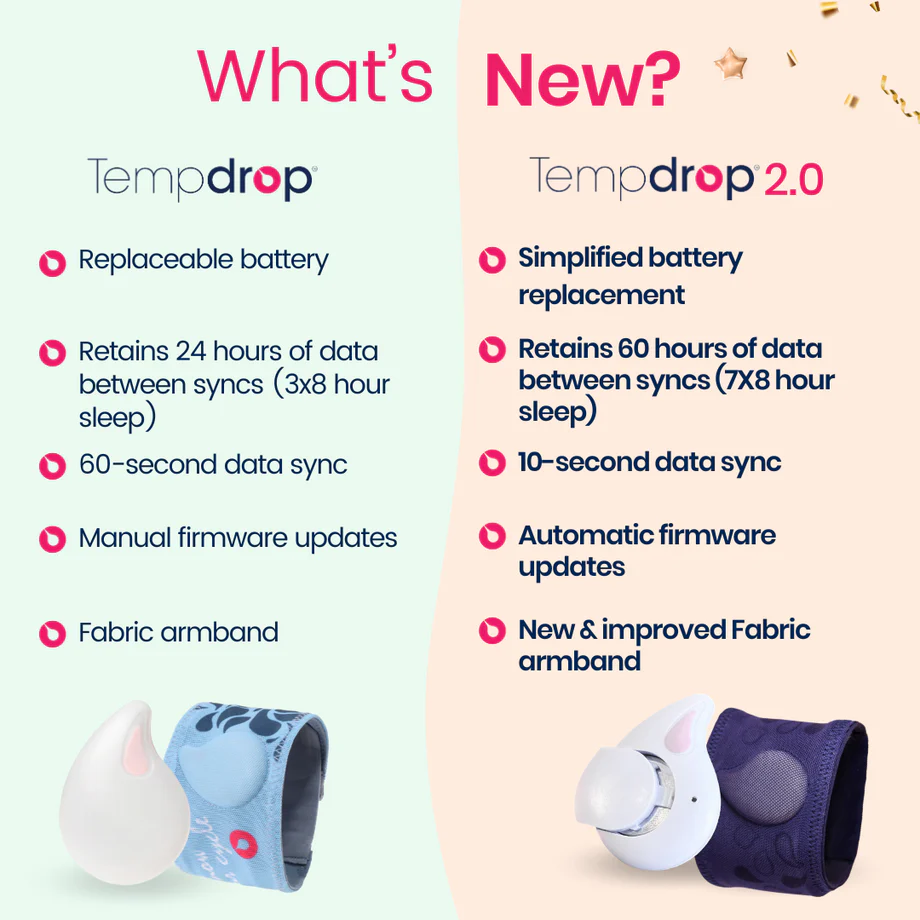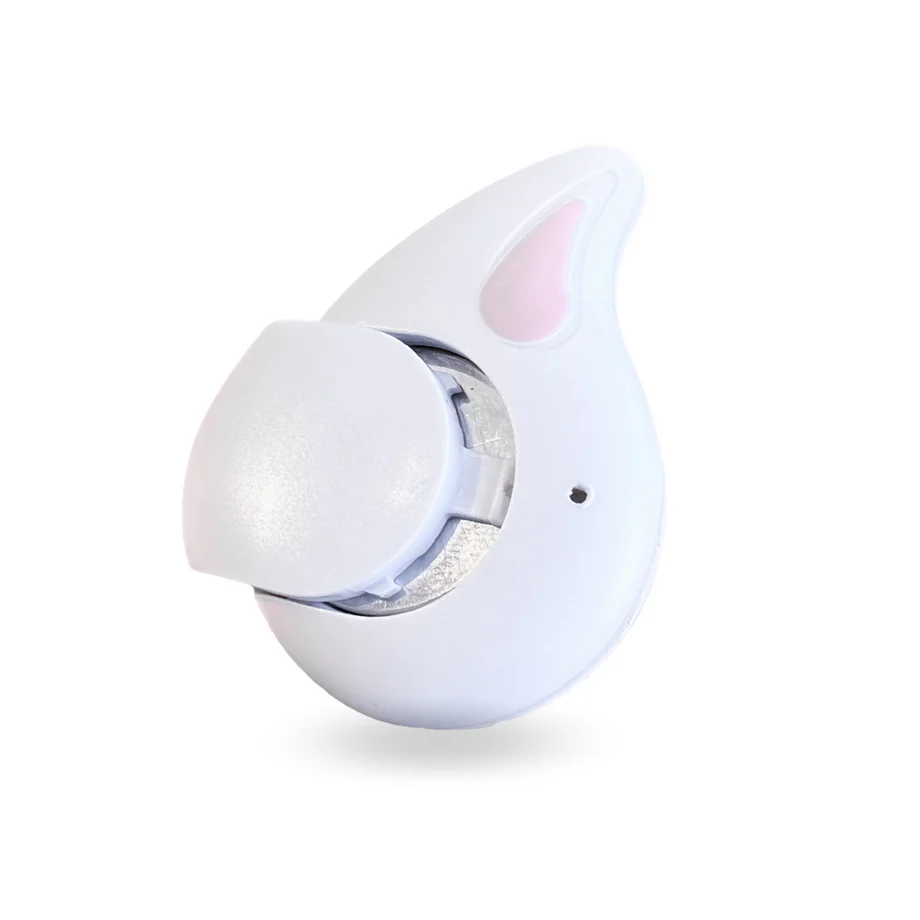Creating a Birth Plan: Why It’s Worth It (Even If Birth Has Other Ideas)
by Hannah Fenner, a Fertility Awareness Educator and founder of The Body Bluprint
Published August 25, 2025

Whether it’s your first birth or your fourth, most seasoned moms will tell you that having a birth plan is a vitally important step. Others may call it a waste of time, or say that nothing about birth goes to plan anyway, so why bother?
I tend to disagree with the second camp. In my personal experience, crafting a birth plan isn’t about rigid expectations; it’s about empowerment. It gives you the space to explore your options, express your values, and create a roadmap that helps everyone supporting your birth understand what matters most to you.
A well-crafted birth plan ensures that your wishes, preferences, and values are laid out clearly for your birth support team, whether you’re in a public hospital, birthing center, or at home.
In this blog, we’ll walk through how to create a birth plan that reflects your unique goals and priorities, with tips and insights gathered from my own experience, as well as from the wonderful folks over on Instagram who shared what mattered most in their birth plans.
A Doula’s Words That Stuck with Me
Before writing this blog, I asked my Instagram community what they felt was important to include in a birth plan. One reply, shared by my own doula, really struck me:
“Birth has its own plan, whether we've written our preferences out or not. I tell clients it's a list of preferences, but the power comes from compiling that list, researching the options and knowing why you want that.”
That sums it up beautifully. The act of creating a birth plan is powerful in itself; it’s a chance to educate yourself, clarify your priorities, and take an active role in your birth experience.
Why Bother with a Birth Plan?
A birth plan gives voice to your preferences before you’re in the throes of labour. It’s an opportunity to communicate how you want to approach pain relief, labouring positions, skin-to-skin time, cord clamping, and potential interventions like a caesarean section.
When written ahead of time with a calm, clear mind, your birth plan becomes a guiding document for your support team. It also helps your partner or support person advocate for your wishes with confidence.
You’re not just a patient. Walking into the hospital shouldn’t mean your preferences get left at the sliding glass doors. Your birth plan is your voice on paper.
What Should You Include in a Birth Plan?
Before diving into the details, chat with your health care team or midwife to understand what services and options are available wherever you plan to give birth. This helps you craft a plan that’s both realistic and informed.
A great way to start is with a short statement that outlines your overall birth philosophy or wish.
For example:
“My overall wish is to have a birth with as little intervention as possible and to feel empowered throughout the process. If an emergency should arise, I want to be consulted on all interventions before any action is taken.”
From there, you can brainstorm your preferences in the following areas:
Questions to Consider for Your Birth Plan
Labour & Birth Preferences
- What kind of pain management options would I like to try (e.g. water therapy, sterile water injections, TENS, medication)?
- What positions do I feel most comfortable labouring and birthing in?
- Do I want to use labouring aids like a birth ball, swing, or stool?
- Would I like to use a shower or bath during labour?
- What kind of atmosphere helps me feel calm and supported (e.g. dim lights, music, minimal interruptions)?
- Do I want to move freely during labour or be monitored in one position?
- Am I open to medical pain relief? If so, what kind and under what circumstances?
Birth Support & Delivery
- Who do I want with me during labour and birth?
- Do I want my partner or support person to catch the baby or cut the cord?
- What are my preferences if a caesarean section becomes necessary?
- Do I want to avoid certain interventions, like forceps or a vacuum, if possible?
- How do I feel about fetal monitoring - continuous or intermittent?
- Do I want to delay pushing until I feel ready, or follow care provider cues?
After Birth & Baby
- Do I want immediate skin-to-skin contact with my baby (or for my partner to have skin-to-skin contact if I am unable)?
- How do I want to approach the “golden hour” after birth - undisturbed bonding, delayed procedures?
- What are my preferences for umbilical cord clamping, immediate or delayed?
- Do I want to keep or encapsulate the placenta?
- How do I plan to feed my baby, breastfeeding, formula, or a combination?
- What routine newborn procedures am I comfortable with (e.g. vitamin K, Hep B vaccine)?
- What are my wishes for postpartum care, for myself and the baby?
- Would I like extra support in the room for breastfeeding, emotional well-being, or recovery?
- How do I envision bonding with my baby in the first hours and days?
How to Structure Your Birth Plan
Once you’ve explored these key questions and reflected on your preferences, you may want to group them into simple, easy-to-read sections with headings. This helps your birth team quickly locate important details when it matters most. Remember, your plan is personal, so what you include and how you structure it is entirely up to you.
Here’s an example of a layout for your birth plan:
During Labour
- Dim lighting and my own music playlist
- Freedom to move around
- Minimal interruptions
- Access to a birth ball
- No induction unless medically necessary
During Birth
- Freedom to choose my own birthing position
- Avoid lying on my back
- The partner or support person will catch the baby
- Avoid forceps or vacuum extraction unless absolutely necessary
Pain Management
- Use of heat packs
- Water therapy (bath or shower)
- Open to sterile water injections
- No epidural unless I request it
After Birth / Baby
- Immediate skin-to-skin contact with mom (or partner if mom is unavailable)
- Protected golden hour with the baby
- Delayed cord clamping
- Intention to breastfeed
What If Things Don’t Go to Plan?
Sometimes birth takes a turn that you didn’t expect. It’s important to keep this in mind: that doesn’t mean your birth plan failed; it simply means flexibility and informed decision-making become even more important.
One of the most helpful tools my doula gave me is the BRAIN acronym. I recommend printing it and keeping it visible in your birthing space.
When a new decision or intervention is presented during labour or birth, ask yourself these questions:
- Benefits – What are the benefits of this option?
- Risks – What are the potential risks or side effects?
- Alternatives – Are there any other options we could consider?
- Intuition – What is my gut telling me right now?
- Now – Do I need to decide right this minute, or can I have a moment to think/discuss?
This framework helps you remain an active participant in your birth, even when plans shift. It keeps your voice, values, and preferences at the center of your focus, right where they belong.
Here’s to a Birth That Feels Like Yours
Creating a birth plan isn’t about scripting every moment; it’s about preparing for a powerful and unforgettable experience. It’s about knowing your options, expressing your needs, and inviting your birth team to walk alongside you with clarity and your preference of care.
So, whether your birth goes exactly to plan, takes a few detours, or transforms entirely, please remember: you did the work, and you entered birth informed.
You deserve to feel informed, empowered, and respected every step of the way.























